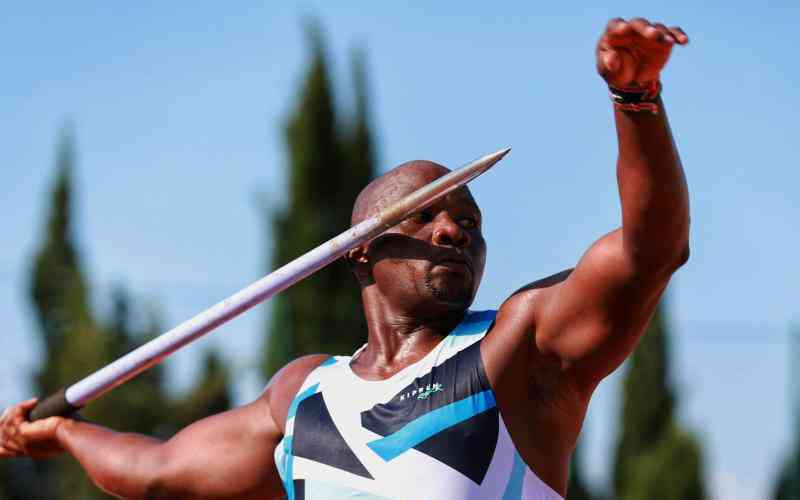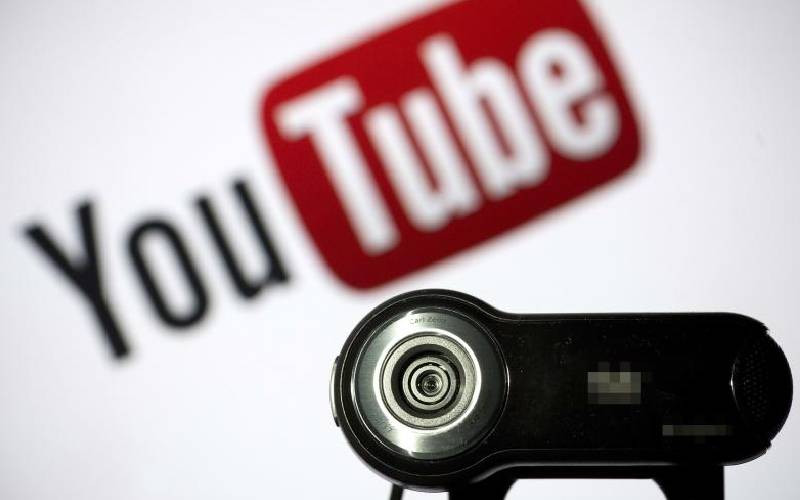This week, Tanzanian pop artiste Nasibu Abdul alias Diamond Platnumz clocked the four million YouTube subscribers mark, the highest for any artiste in the region.
This comes barely a month after the Wasafi Classic Baby music stable boss made history by becoming the first musician in sub-Saharan Africa to clock more than one billion views on YouTube.
“Four million subscribers on YouTube! It could not have been possible without you, let’s meet at Benjamin Mkapa Stadium so I can express my gratitude,” the singer who has been releasing hit after hit, updated.
It was the same week top Kenyan hip-hop artistes sparred in a heated debate ignited by YouTube views.
The debate started when rapper Henry Ohanga real name Octopizzo was put on the spot by a number of rappers among them Natalie Florence alias Noti Flow.
Eyebrows were raised when Octopizzo's song Nikupate displayed 854,000 views hours before it was released; the views declined to 479,559 shortly after. Rapper Khaligraph was quick to accuse Octopizzo of buying views online to gain popularity.
One would be puzzled why the YouTube numbers matter to artistes and other business people and performers who upload videos on the platform.
Have you realised that when you take to social media to watch somebody’s video post, you are prompted to subscribe to the person’s channel to view the rest of the video?
This is because YouTube is the new cash cow. Every moment you go online and start watching a music video or say a comedy skit, a banner advert pops and you get prompted to keep watching it or skip.
What is more interesting is the fact that the advert will be very relevant to you. YouTube has a wizardly way of getting google to know your web-surfing and viewing habits.
With over six billion hours of video streamed every single month by more than one billion unique users, YouTube is the new music gallery. They now call it the world’s jukebox.
Content creators are in a rigorous race to garner subscribers to their channels, a creative undertaking that translates to money.
This money making venture that started a few years ago has now hit East Africa. Musicians lead the way. Interest in YouTube has been spurred by the current restrictions on social gatherings.
Cancelled shows
The restrictions have led to cancellation of music shows, a money-maker for artistes. More of the performers are now uploading their videos to earn on YouTube.
Stay informed. Subscribe to our newsletter
"YouTube is making us money after the shows were cancelled," admits H_Art the Band, a Kenyan boy-band that is riding high with their recently released debut album Made in the Streets.
To copyright content and avoid its duplication, a YouTuber is advised to join a Multiple Channel Network (MCN) and acquire content identity, which protects intellectual online content and ensures you are the rightful person who gets compensated for acquired views converged from your channel.
Some of the Kenyan entertainers with massive subscribers include Willy Paul, Eric Omondi, Akothee, Michelle Anyango, Fashion Wizardry, Wabosha Maxine, Wajesus Family, Njugush and Reverend Lucy Natasha.
So how do they earn?
“There are three ways YouTubers earn: One is through affiliate marketing, two, through YouTube ads and three through sponsorships,” said YouTuber Michelle Anyango.
She also revealed that she gets paid 1 dollar (Sh108) per 600 views. She has over 650,000 subscribers.
According to Morris Githinji aka Ala-C who manages artistes' content on YouTube, you need 1000 subscribers and 4000 hours of watchtime to enjoy payment from adverts.
Comedian Eric Omondi enjoys close to half a million subscriptions. Fred Omondi, his brother, who only recently registered his channel said he has not started earning yet. Deejay Lisney, a new entrant in the industry, has also joined the YouTube money chase.
“I have not started earning because the music I had previously uploaded is not mine. That money (for the music) goes directly to the artistes. However, I now own a channel and the rights so I can begin to earn," said Lisney.
The lowest amount that can be paid by YouTube is 100 dollars (about Sh10,822) payable monthly.
Ala-C urges fans to watch the placed adverts to support artists to earn. "The number of views one gets on YouTube don't translate to revenue. YouTube mostly targets the spending age group of 24 to 35 years,” he said
“I used to charge Sh50,000 for an advert but some clients have cut it down by half due to Covid-19 challenges," said Ala-C.
New content creators with trending videos are also reaping a great deal. They include Kenyan Gengetone artistes, beauty tutorial channels, comedians and pranksters.
Some of the fastest climbing newcomers include Kartelo with 60,000 subscribers and comedian Flaqo who tops the newbies with close to 300,000 subscribers.
 The Standard Group Plc is a
multi-media organization with investments in media platforms spanning newspaper
print operations, television, radio broadcasting, digital and online services. The
Standard Group is recognized as a leading multi-media house in Kenya with a key
influence in matters of national and international interest.
The Standard Group Plc is a
multi-media organization with investments in media platforms spanning newspaper
print operations, television, radio broadcasting, digital and online services. The
Standard Group is recognized as a leading multi-media house in Kenya with a key
influence in matters of national and international interest.
 The Standard Group Plc is a
multi-media organization with investments in media platforms spanning newspaper
print operations, television, radio broadcasting, digital and online services. The
Standard Group is recognized as a leading multi-media house in Kenya with a key
influence in matters of national and international interest.
The Standard Group Plc is a
multi-media organization with investments in media platforms spanning newspaper
print operations, television, radio broadcasting, digital and online services. The
Standard Group is recognized as a leading multi-media house in Kenya with a key
influence in matters of national and international interest.








